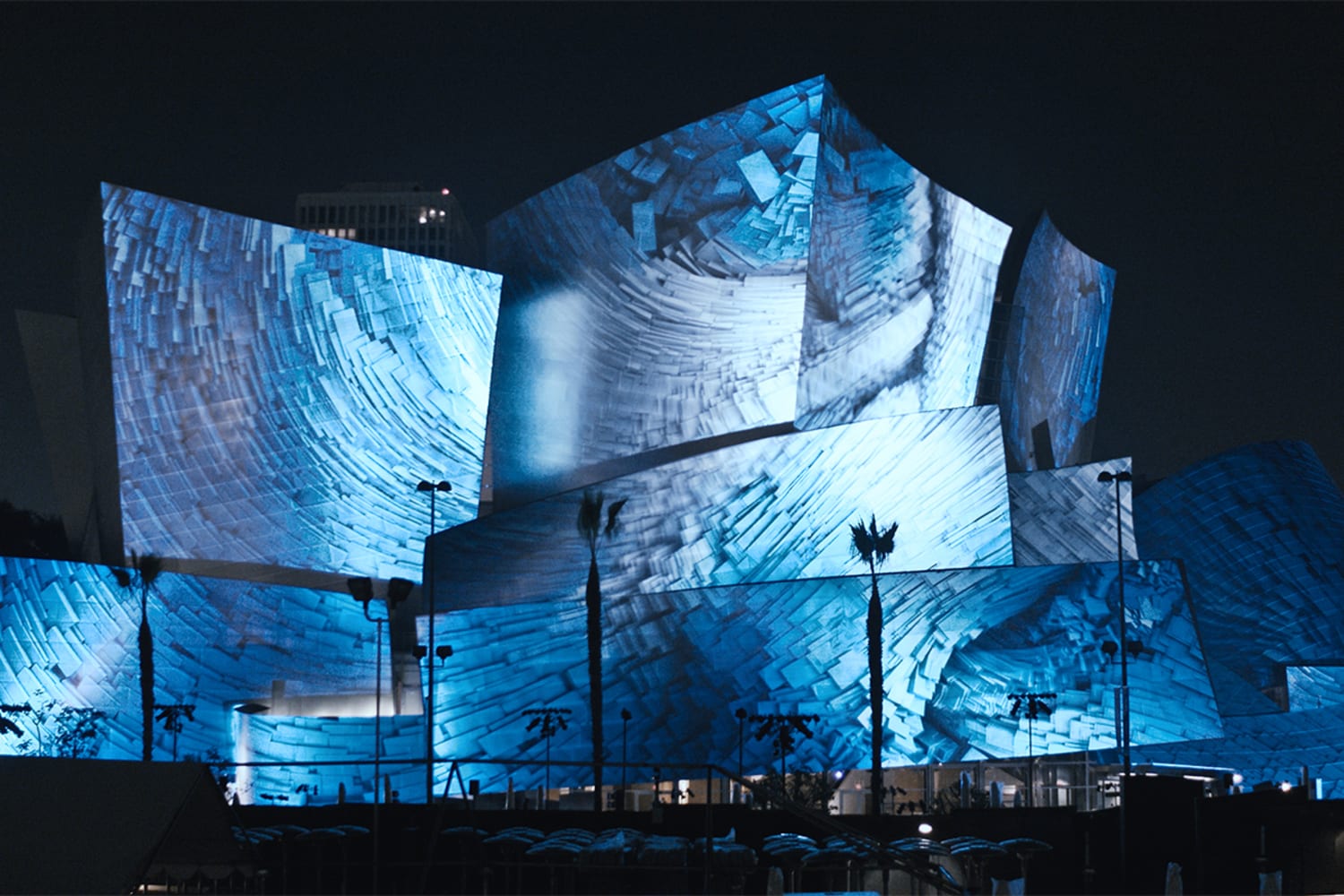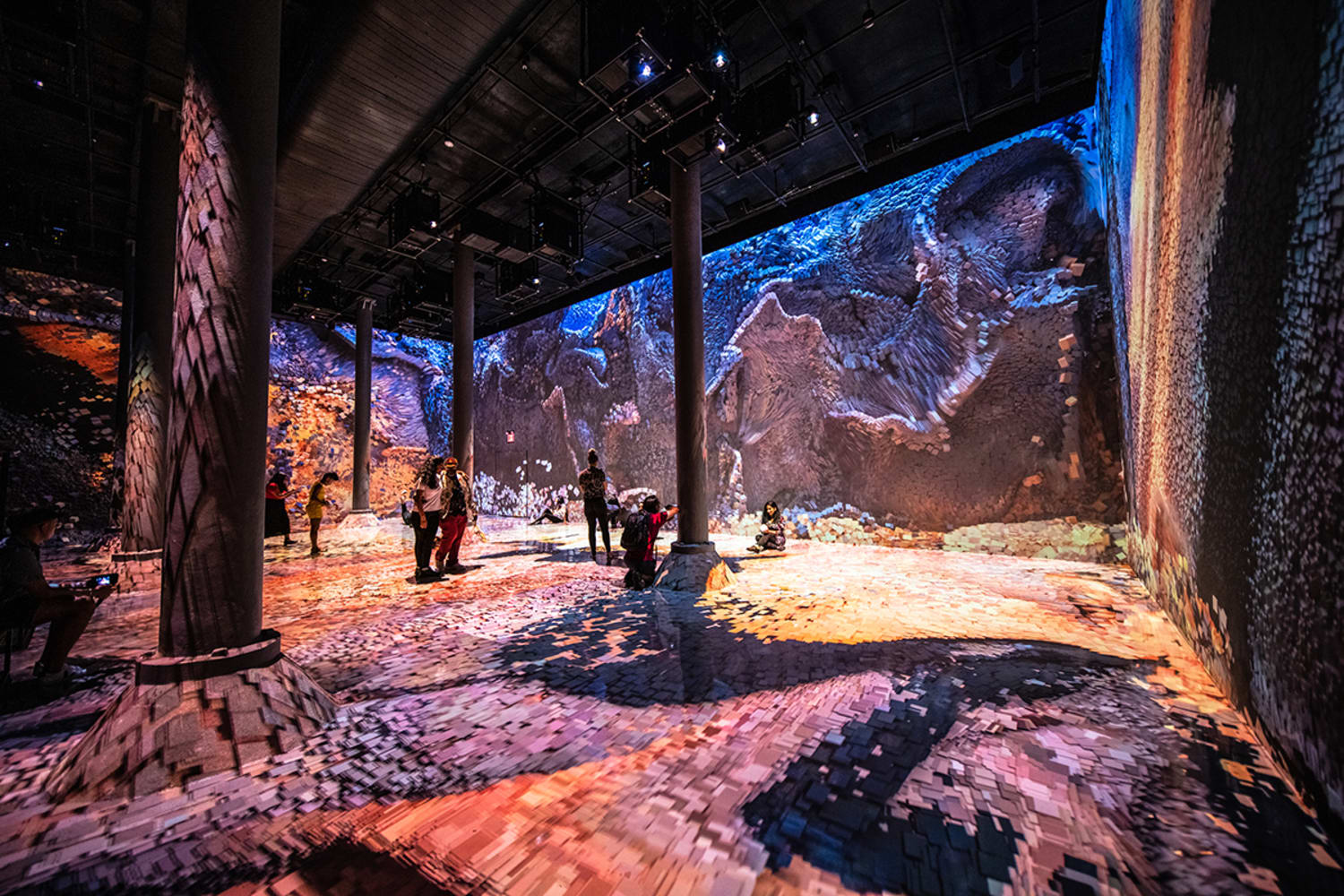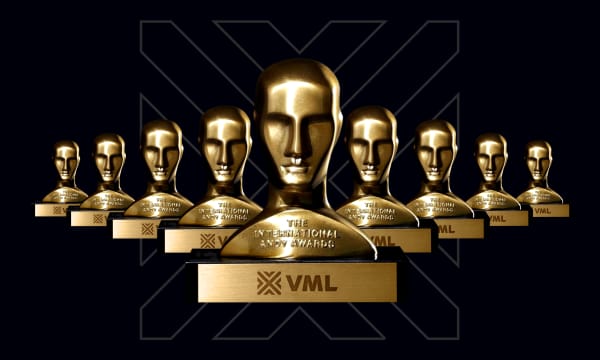For sure, absolutely. And I think what makes data so exciting for me is that it’s not just data, it’s kind of a memory. It’s a memory for a moment in life.
If you look at early humanity’s reaction to data, experiences and information, humankind always left behind some sort of marks that are detectable and human readable. Right now, we are using machines, but the data, the memory, the information we are leaving behind is not human readable – it’s machine readable.
In a thousand years, if we do not preserve ways to read this data, I’m not sure if humanity will progress like we did in previous generations. Clearly data is an essential form of information that will lead humanity to the next level, but the question is, are we really aware of what we are saving? Are we really aware of what else we can do with this information? I’m not sure.
How are these tools we use everyday shaping our imagination, our dreams, our memories, and everything that connects to these experiences?
In previous generations I don’t know if humans were aware of these evolutions, what they were transforming into. But right now we are in these exciting times, transforming from physical to virtual world, from human to machine world, to machine consciousness – I think this is something very different, very special that other generations couldn’t perceive.
But the question is are we taking advantage. When we discovered fire, we cooked with it, we created communities, we sat together and ate together. But now we use the same tool, fire, to create guns and kill each other. It’s the same potential of imagination. So are we using technology to come together and create communities, or are we using it to destroy each other?






